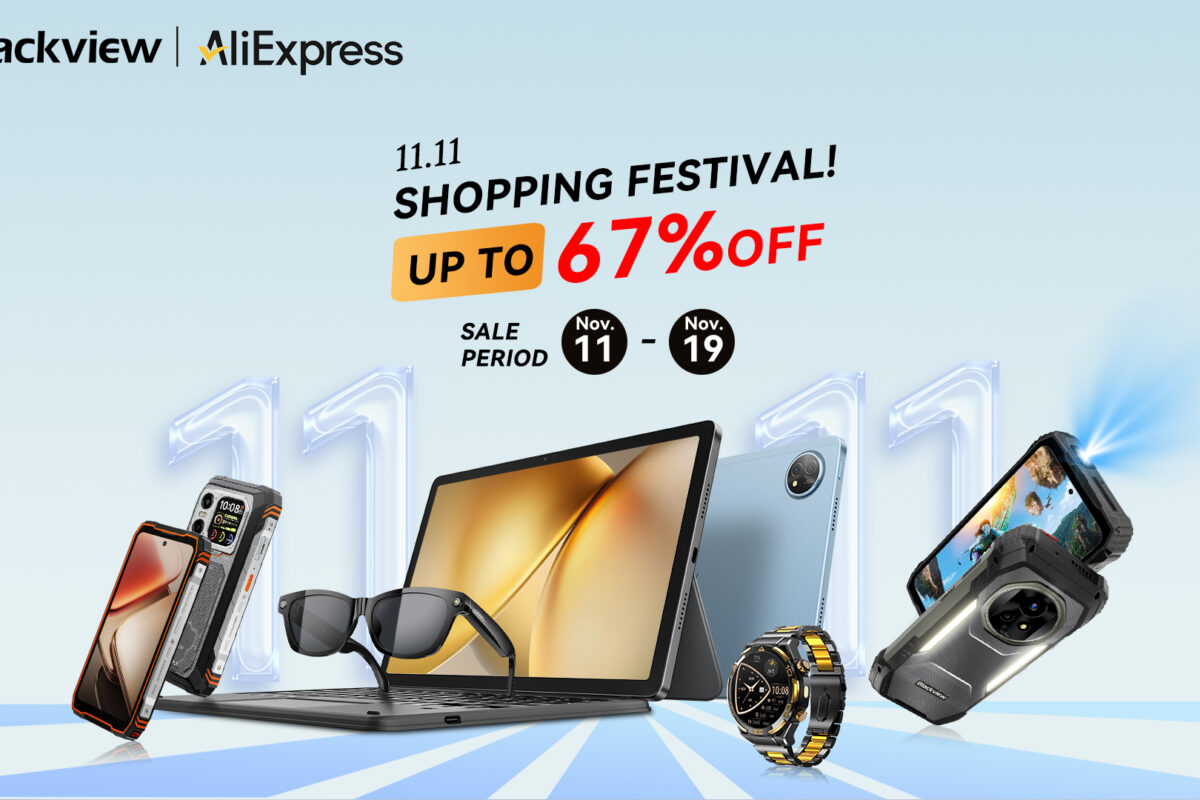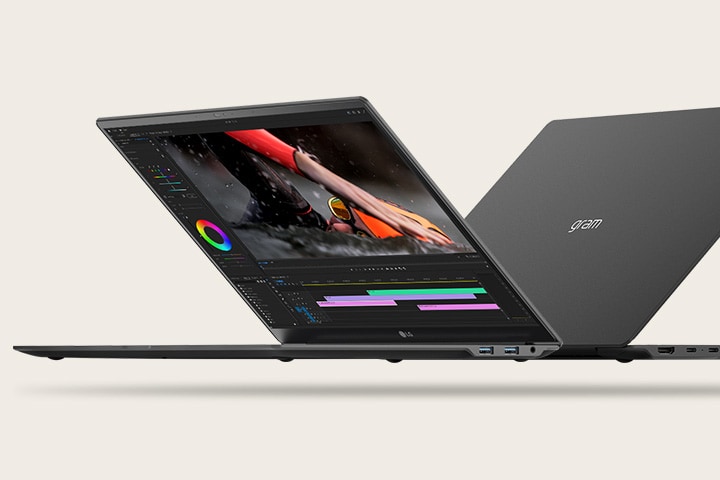introduction
When it comes to choosing an operating system, Windows and ChromeOS dominate the conversation. Both have carved out unique niches in the tech world, appealing to different types of users. Whether you’re upgrading your old laptop or buying a new one, the decision can feel overwhelming. That’s why we’ve crafted this detailed comparison to help you find your perfect match.
What is Windows?
Windows, developed by Microsoft, has been a cornerstone of computing since the 1980s. Known for its versatility, Windows powers everything from gaming rigs to enterprise workstations. It’s constantly evolving, with the latest versions offering innovative features like Windows Hello for secure logins, Snap Assist for multitasking, and enhanced integration with the cloud via OneDrive.
Key Features of Windows
- Software Compatibility: From Microsoft Office to Adobe Creative Suite, nearly every major application is available on Windows.
- Customizability: Personalize your desktop with widgets, themes, and settings.
- Gaming Performance: Support for high-end graphics, VR, and Xbox Game Pass.
- Cloud Integration: Sync files across devices with OneDrive.
- Enterprise Tools: Remote Desktop, BitLocker, and advanced productivity apps make it ideal for businesses.
What is ChromeOS?
Google’s ChromeOS is built on simplicity and speed. Initially seen as a niche OS for students, ChromeOS has matured into a reliable platform for casual users, professionals, and even developers (thanks to Linux support). It’s perfect for users who spend most of their time online and value lightweight, fast performance.
Key Features of ChromeOS
- Fast Boot Times: Power up in seconds, thanks to the lightweight design.
- Seamless Google Integration: Access Gmail, Drive, Calendar, and more without extra setup.
- Android App Support: Run your favorite apps from the Google Play Store.
- Automatic Updates: ChromeOS updates in the background, ensuring you’re always protected.
- Long Battery Life: Chromebooks are designed to last all day on a single charge.
A Deeper Look at Windows vs. ChromeOS
Let’s break down how these two operating systems compare in essential areas:
1. User Interface and Experience
- Windows: Offers a traditional desktop with taskbars, file explorers, and customizable layouts. It’s great for users who value a familiar and feature-rich interface.
- ChromeOS: Minimalist and intuitive, with a focus on simplicity. It’s perfect for users who rely on web apps and don’t need advanced desktop features.
2. Performance
- Windows: Built for multitasking, heavy workloads, and gaming. It requires more powerful hardware to run smoothly, especially for demanding applications.
- ChromeOS: Optimized for lightweight tasks like browsing, streaming, and editing documents. Even low-spec Chromebooks perform admirably.
3. Software Availability
- Windows: Supports a wide array of professional, gaming, and creative software. It’s the standard for industries like graphic design, engineering, and finance.
- ChromeOS: Relies on web-based and Android apps. While it’s sufficient for everyday tasks, it can feel limiting for advanced users.
4. Hardware Options
- Windows: Available on a vast range of devices, from budget laptops to high-end workstations and gaming rigs.
- ChromeOS: Found mostly on Chromebooks, which are generally budget-friendly, although high-end options like the Google Pixelbook are available.
5. Cloud and Connectivity
- Windows: Offers robust cloud services through OneDrive, but also supports third-party services like Google Drive and Dropbox.
- ChromeOS: Entirely cloud-centric, with deep integration into Google Drive. Ideal for users who prefer working online.
Pros and Cons: Breaking It Down
Windows Pros
- Compatible with nearly all software and peripherals.
- Ideal for power users, gamers, and professionals.
- Extensive hardware options across various price points.
Windows Cons
- Can be resource-heavy, requiring higher specs for optimal performance.
- Security requires additional third-party tools like antivirus software.
ChromeOS Pros
- Lightweight and efficient, even on budget devices.
- Built-in security features and automatic updates.
- Excellent for students and casual users.
ChromeOS Cons
- Limited offline functionality and software options.
- Heavily reliant on internet connectivity.
Windows vs. ChromeOS: Use Cases
For Students
- Windows: Ideal for students needing to run specialized software like AutoCAD or MATLAB. It’s also great for multitasking with tools like Microsoft Teams.
- ChromeOS: Perfect for students focused on web research, note-taking, and collaboration through Google Workspace.
Professionals
- Windows: Essential for roles requiring advanced software like Adobe Premiere Pro, QuickBooks, or proprietary enterprise tools.
- ChromeOS: Great for professionals who rely on cloud-based applications and need portability.
For Developers
- Windows: Offers better compatibility with programming environments, compilers, and development tools.
- ChromeOS: Limited but improving, thanks to Linux and Android app support.
Gamers
- Windows: The ultimate choice, with access to AAA games, VR, and high-performance GPUs.
- ChromeOS: Not recommended, as it lacks native support for gaming beyond casual Android games.
A Detailed Comparison: Table View
| Feature | Windows | Handles intensive tasks like gaming, and video editing. |
|---|---|---|
| Performance | Handles intensive tasks like gaming, video editing. | Optimized for basic web-based tasks. |
| Software Availability | Supports all major software and games. | Limited to web and Android apps. |
| Security | Requires antivirus software. | Built-in security with auto updates. |
| Ease of Use | Advanced features, steeper learning curve. | Simple and intuitive for beginners. |
| Hardware Options | Available across a wide range of devices. | Mostly budget-friendly Chromebooks. |
| Cost | From budget to premium options. | Typically more affordable. |
FAQ: Your Questions Answered
No, but you can use tools like CrossOver or virtual machines to run select Windows applications.
ChromeOS wins here, as Chromebooks are designed to maximize battery efficiency, often lasting 10+ hours on a single charge.
Windows is the clear winner, with support for a vast library of games and high-performance graphics.
Yes, but with limitations. Offline mode works for apps like Google Docs, but most functionality relies on internet access.
ChromeOS is inherently more secure due to its sandboxing and automatic updates.
Conclusion: Which OS Should You Choose?
Your choice between Windows and ChromeOS depends on your needs:
- Choose Windows if you value power, flexibility, and software compatibility. It’s the best pick for gamers, professionals, and tech enthusiasts.
- Go for ChromeOS if simplicity, affordability, and portability are your priorities. It’s ideal for students, casual users, and anyone deeply embedded in Google’s ecosystem.
Still unsure? Take stock of your daily activities and long-term goals. Windows and ChromeOS cater to very different audiences, but both excel in their domains. Don’t rush—your perfect operating system is out there, waiting for you to take the plunge!
I'm Salim, the creator and tech enthusiast behind this website. My passion for technology has been a lifelong journey, fueled by a deep curiosity about how things work and a desire to explore the latest gadgets and innovations that shape our world.




